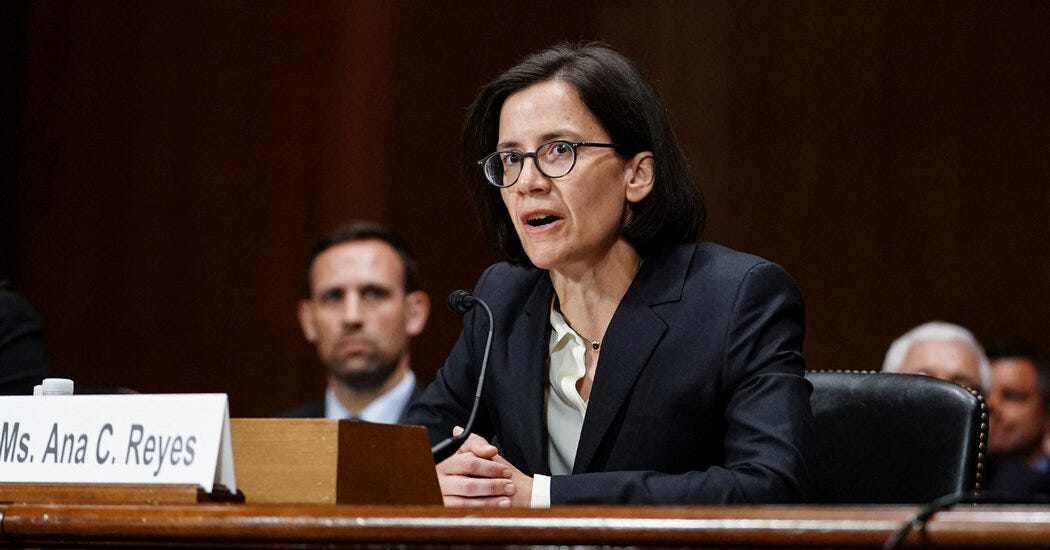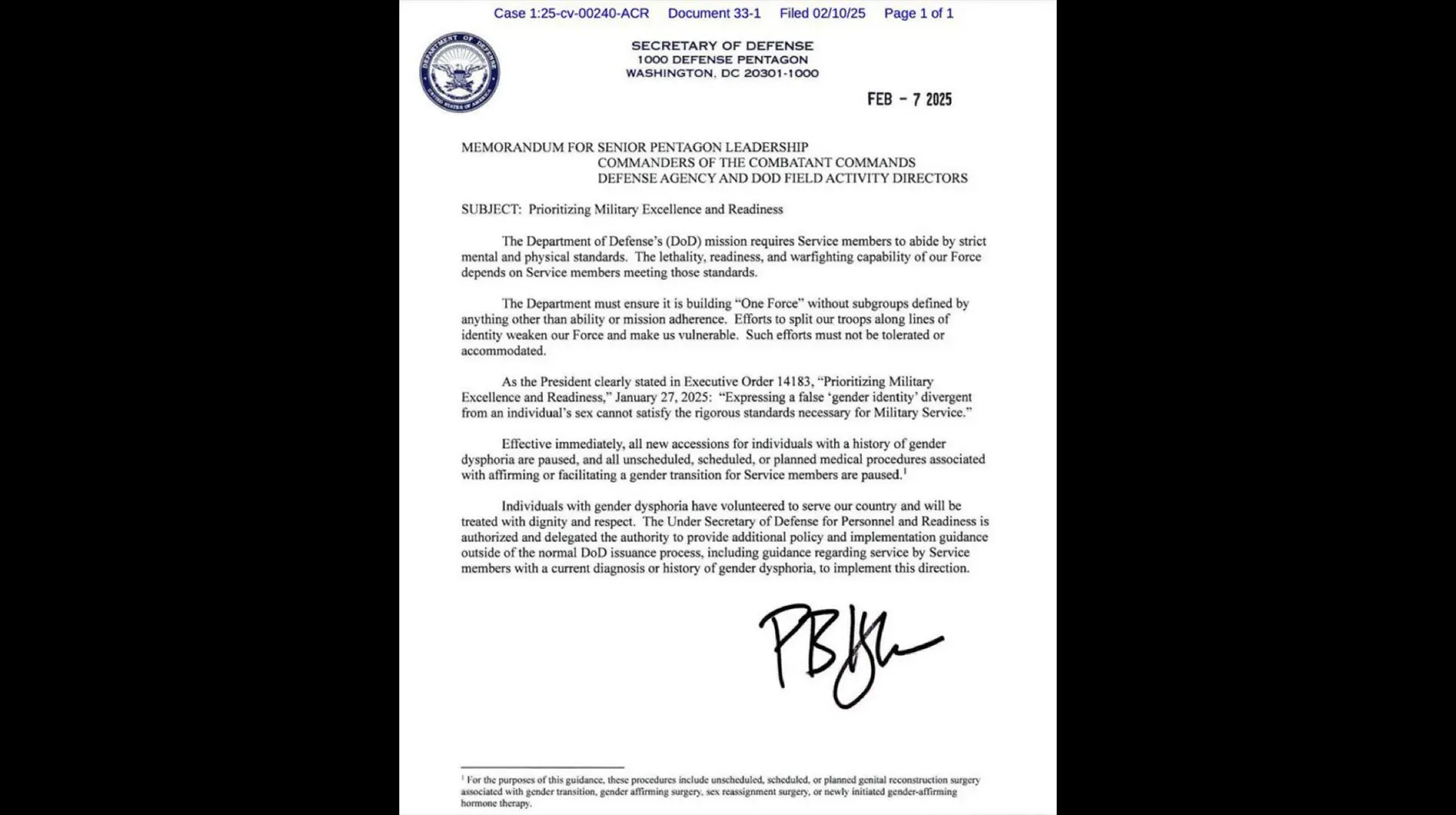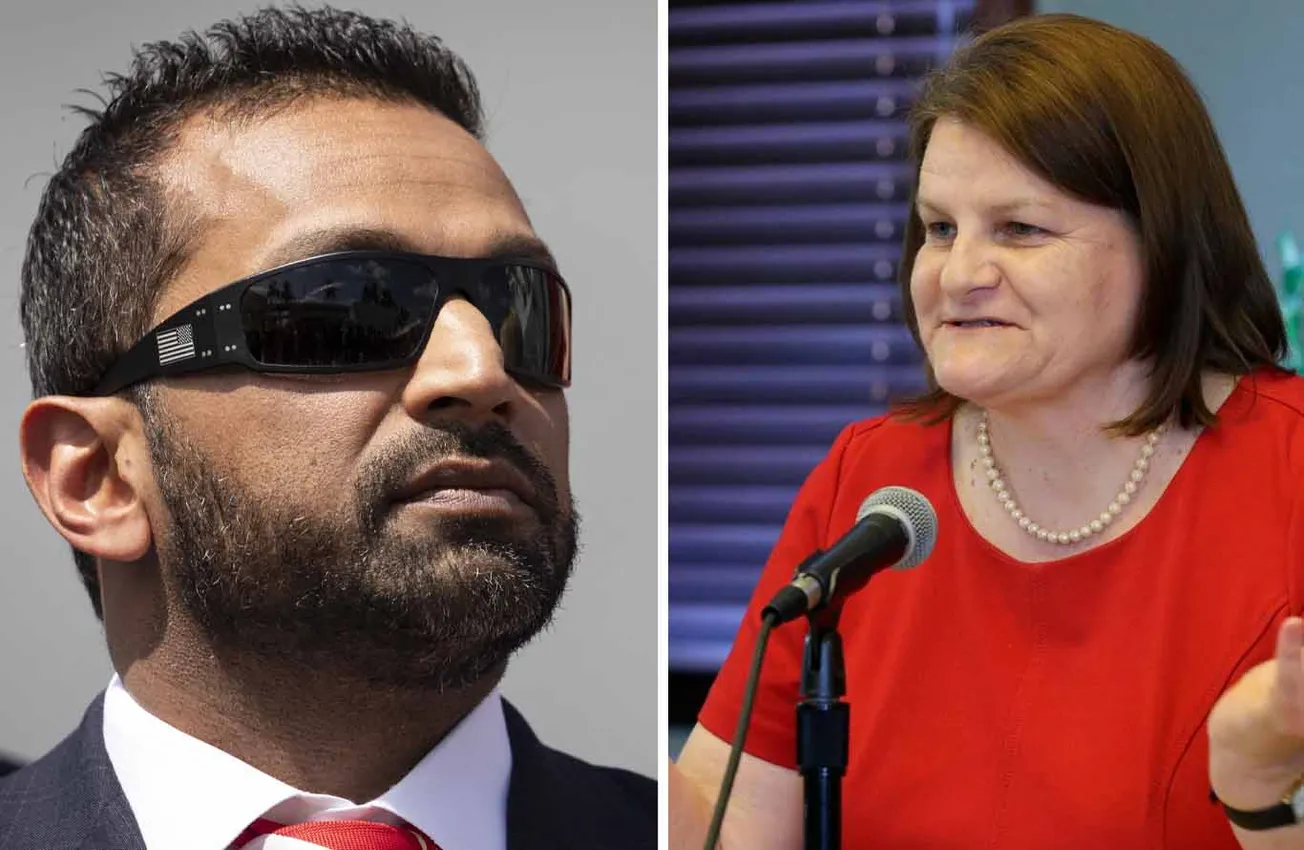The Pentagon’s decision to resume funding sex change treatments and surgeries for transgender servicemembers, as reported by The Gateway Pundit on April 24, 2025, marks a troubling capitulation to activist judges who prioritize ideology over national security.
President Donald Trump (as commander in chief) and Defense Secretary Pete Hegseth should put a stop to this excessive meddling in military decision-making by U.S. District Judge Ana Reyes and others who want to degrade the mission of the military.
It’s a recognized mental condition known as gender dysphoria, and it has no place in the military, where readiness and cohesion are everything. Trump and Hegseth can't bow to the demands of judicial fiat, but must fight to protect America’s defense.
The Pentagon’s reversal stems from a March 2025 ruling by Judge Reyes, who struck down Trump’s executive order banning transgender military service as unconstitutional. The order, EO 14183, declared gender dysphoria incompatible with military service, a stance grounded in common sense and supported by decades of military standards.
Reyes’ decision, echoed by a federal appeals court’s refusal to stay the ruling, forced the Pentagon to reinstate Biden-era policies.
These policies cover mental health counseling, hormone therapy, voice therapy, and surgeries for service members and dependents diagnosed with gender dysphoria.

A memo from Stephen Ferrara, acting assistant secretary of Defense for health affairs, dated April 21, 2025, confirms this shift, ensuring no service member can be discharged for seeking such treatments.
This isn’t about equality — it’s about judges trying to impose their will on a military that is accountable to the president, not to the courts.
An elected leader with millions of voters supporting him, Trump has the constitutional right to create policy for the military. Article II makes him commander in chief, not Judge Reyes.
Hegseth, a combat veteran who knows what is asked of those who serve, was right to describe as “lunacy” transgender policies that undermine readiness. But the administration’s decision to obey the court’s injunction also runs the risk of inciting yet more judicial activism.

The military spent $52 million on transgender care from 2015 to 2024, including $11.5 million on psychotherapy and $3.1 million on 243 surgeries, according to Pentagon data. But as a percentage of the $60.2 billion 2024 health budget, every dollar spent on something elective is a dollar taken from training, equipment or veteran care.
Given that there are just 1,000 to 15,000 transgender servicemembers out of 1.3 million active-duty forces, this is a niche issue inflated by progressive ideologies.
A 2016 RAND study claimed transgender inclusion wouldn’t harm readiness, but its assumptions ignored real-world challenges: hormone therapy side effects, post-surgical recovery, and the logistical burden of accommodating transitions in combat zones.
Hegseth’s call for an end to these policies was not discrimination but a return to merit-based standards. Judges like Reyes, view the military as a social experiment, not as a fighting force.
During his first term, we saw that Trump was the kind of president who would place military readiness ahead of politics. A policy he implemented in 2017 restricting service by transgender troops, which was the subject of court challenges, was intended to keep clear standards for a fighting force.

Biden’s 2021 reinstatement of transgender policies, including for funding of gender-affirming care, redirected resources away from core defense priorities. Trump’s executive order of 2025 sought to change that, and Judge Reyes’ ruling undercuts his constitutional authority as commander in chief.









